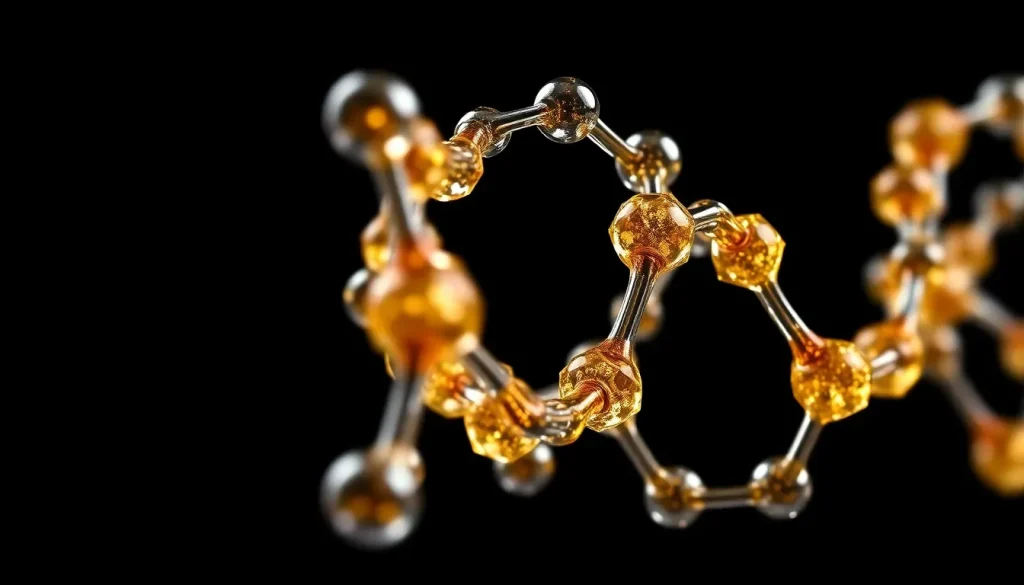Nobel Prize in Chemistry Awarded to Three Molecular Architects

The Nobel Prize in Chemistry has long been one of the most prestigious recognitions in the scientific community, highlighting groundbreaking discoveries that redefine our understanding of chemistry and its applications. This year, the announcement of the 2025 laureates has sparked significant interest, not only for their remarkable achievements but also for the implications these have on future scientific endeavors. Let’s delve deeper into the accomplishments of the awardees and the broader impact of their work.
Nobel Prize in Chemistry for a New Type of Molecular Architecture
This year, the Nobel Prize in Chemistry was awarded to Susumu Kitagawa, Richard Robson, and Omar M. Yaghi, recognizing their groundbreaking developments in the realm of metal-organic frameworks (MOFs). These innovative structures are significant due to their unique properties and potential applications across various scientific fields.
Metal-organic frameworks are characterized by their extensive cavities, which allow molecules to flow in and out. This concept was pioneered by Robson in 1989 during his research on novel molecular conformations. He discovered that by linking positively charged copper ions with a four-armed molecule—each arm terminating in a nitrile group—it was possible to create a crystalline structure reminiscent of a diamond. However, this initial structure had a critical flaw: it was highly unstable and prone to collapse.
Despite these challenges, the potential of Robson's findings caught the attention of Kitagawa and Yaghi. Between 1992 and 2002, they conducted extensive independent research that led to breakthroughs in the stability and functionality of MOFs. Kitagawa demonstrated that gases could enter and exit these structures, predicting that they could be made flexible. Yaghi, on the other hand, succeeded in synthesizing stable MOFs and showed that their properties could be tailored through rational design, paving the way for future applications.
What Benefits Do Metal-Organic Frameworks Offer?
The diverse cavity structures of MOFs make them exceptionally valuable as molecular filters. They not only filter but also store the molecules they capture. Heiner Linke, chairman of the Nobel Committee for Chemistry, likened their capacity to that of Hermione's bag in the Harry Potter series, capable of holding vast amounts of gas within a compact volume.
The applications of MOFs are vast and varied, including:
- Removal of pollutants from water: MOFs can be designed to selectively capture and eliminate harmful substances.
- Degradation of pharmaceutical traces: They can break down pharmaceuticals in the environment, mitigating pollution.
- Carbon dioxide capture: MOFs can efficiently capture CO2 from the atmosphere, contributing to climate change mitigation efforts.
- Water harvesting: In arid environments, MOFs can help collect moisture from the air, providing a potential water source.
These innovations have solidified the deserving recognition of these three scientists with the 2025 Nobel Prize in Chemistry, even as the absence of a female laureate continues to highlight ongoing disparities in the field.
Women Who Have Won the Nobel Prize in Chemistry
Despite the recognition of male scientists in this year's Nobel Prize, it is essential to acknowledge the contributions of women in chemistry. Historically, the Nobel Prize in Chemistry has been awarded to a limited number of women, highlighting a significant gender disparity in the field.
Since its inception in 1901, only eight women have been awarded the Nobel Prize in Chemistry. The first was Marie Curie, who won in 1911 after previously being awarded the Nobel Prize in Physics in 1903. Following her, the next female recipient was her daughter, Irène Joliot-Curie, who received the award in 1935. The following female winners include:
- Dorothy Crowfoot Hodgkin (1964)
- Francois Barre-Sinoussi (2008)
- Tu Youyou (2015)
- Emmanuelle Charpentier and Jennifer Doudna (2020)
Despite the achievements of these remarkable women, the ongoing trend of male-dominated awards raises questions about recognition and representation in science. The scientific community eagerly anticipates future Nobel announcements, hoping to see greater diversity among laureates.
Significance of This Year’s Nobel Prize Winners
The 2025 Nobel Prize in Chemistry not only honors the individual contributions of Kitagawa, Robson, and Yaghi but also underscores the importance of collaboration and perseverance in scientific research. Their work exemplifies how foundational research can lead to transformative applications, impacting various industries and environmental efforts.
Furthermore, the recognition of MOFs opens new avenues for research and innovation. As scientists continue to explore the potential of these frameworks, we may witness further advancements in material science, environmental science, and even in fields such as medicine and energy.
To gain deeper insights into the significance of this year’s award, you can watch this informative video that discusses the achievements of the winners:
Notable Previous Winners of the Nobel Prize in Chemistry
Throughout its history, the Nobel Prize in Chemistry has celebrated numerous groundbreaking discoveries. Some notable winners include:
- Linus Pauling - Awarded in 1954 for his research on the nature of the chemical bond.
- Ahmed Zewail - Recognized in 1999 for his pioneering work on femtochemistry.
- Francisco J. Ayala - Honored in 2002 for his work in evolutionary biology and its implications for biochemistry.
- Jacques Dubochet, Joachim Frank, and Richard Henderson - Received the award in 2017 for their contributions to cryo-electron microscopy.
These winners exemplify the diverse range of research that the Nobel Prize in Chemistry encompasses, highlighting the ever-evolving landscape of the field.




Leave a Reply